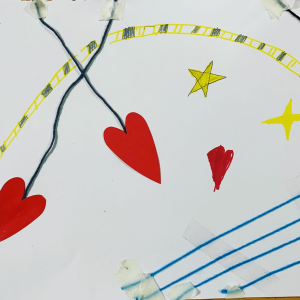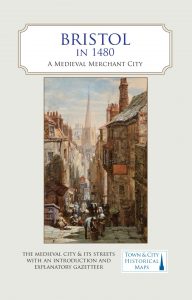By Daniela Rozental, PhD Creative Writing candidate, School of Humanities
In the latest entry to our series spotlighting PGR summer internship projects, PhD Creative writing candidate Daniela Rozental tells us about working with Dr Jo Nadin to explore the role a disabled author’s lived experience plays in their writing. By conducting in-depth interviews with published disabled children’s authors, the research examined key issues such as accuracy and authenticity, ableism and internalised ableism, providing valuable insights that will help empower disabled writers in the future.
One of the key issues I have identified during my practice-led creative writing PhD is my struggle as a disabled children’s writer to find a balance between writing authentically and writing responsibly. My thesis explores my own writing process, but I was keen to look further and hear from other disabled writers.
Over the summer I was fortunate enough to participate in the Arts Faculty PGR summer internship scheme. I knew some other students who had taken part in previous years, but it was only now in the third year of my PhD that I felt confident and prepared enough to apply for it myself. Alongside Dr Jo Nadin, one of my PhD supervisors, we took the opportunity to work on a research project we had both been wanting to undertake for quite some time.

Our main goal for the project was to interview disabled children’s authors on their attitudes towards writing stories that incorporate elements of their own lived experiences. We also sought their thoughts on authentic and responsible writing, ableism and accessibility in the publishing industry, and what advice they had to offer other disabled writers. Our topic was unique enough to stand alone from my PhD research, but relevant enough that our findings might inform my thesis going forward, as well as Jo’s own creative and critical practice.
When the internship began we were proactive and eager to get started, immediately getting to work on establishing our research objectives, drafting interview questions, and planning out the best ways to disseminate our eventual findings. It wasn’t long, however, before we reached our first stumbling block –ethical approval.
The internship was my first experience conducting interviews as academic research, so I was learning a lot on the job. The process of submitting an ethics application and waiting for approval took a lot longer than I had anticipated. My advice to future interns conducting this sort of research would be to put in your ethics application before the internship start date in order to maximize your internship experience.


Rapids by Anna Bowles and Cursed by Karol Ruth Silverstein bring attention to the lived experiences of disabled individuals. Both novelists were interviewed by Daniela and Jo.
Nevertheless, once we did receive ethical approval, we immediately got to work seeking participants and setting up interview dates. All in all we were able to secure six interviews (five over video call and one over email). The interview process was the real highlight of the internship for me. It was an honour to meet with our participants and create a safe space for them to share their experiences with us. I felt myself grow in confidence as the interviews progressed, and found myself falling in love with conducting interview research. I would leave one interview buzzing with ideas and eager to get started on the next. We gained some really valuable insights that will hopefully go on to help empower disabled writers in the future.
This research might not have been possible without the internship scheme, and I am very grateful to the Arts Faculty, and to Jo Nadin in particular, for the opportunity to work on something so meaningful.
Daniela Rozental is a PhD Creative Writing candidate, investigating ways for disabled authors to write authentic and responsible depictions of disability in children’s fiction. Daniela and Jo will be presenting some of their findings at Leaf Journal’s ‘On Writing for Young People’ conference (24-25 October). To find out more about the project, contact xs21605@bristol.ac.uk. To read more PGR summer internship projects, visit ArtsMatter.











 We trialled the first draft of Rex’s script at the University of Bristol’s
We trialled the first draft of Rex’s script at the University of Bristol’s 





